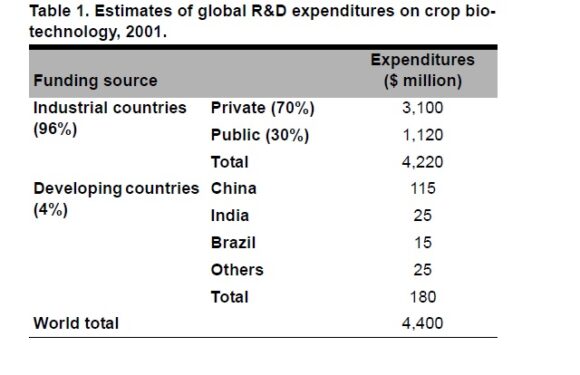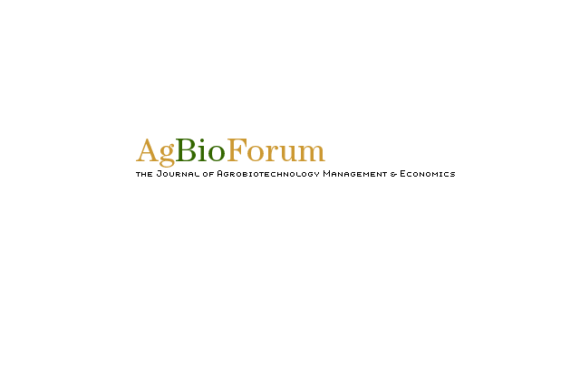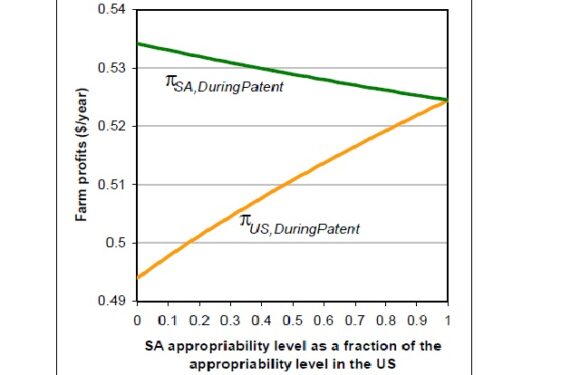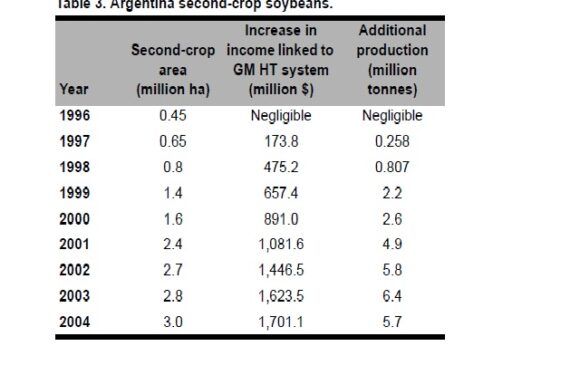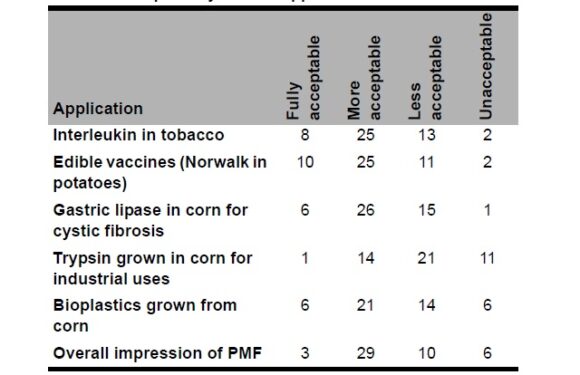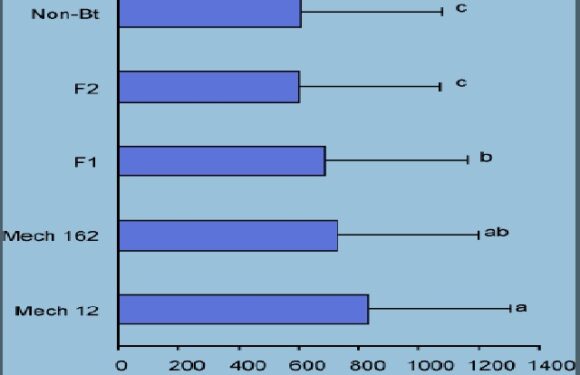Albert K.A. AcquayeDepartment of Agricultural and Resource Economics, University of California, Davis.Greg TraxlerDepartment of Agricultural Economics and Rural Sociology, Auburn University. intellectual property (IP) protected innovation are analyzed. A general analytical model parameterized with data from the US introduction of Bt cotton…
